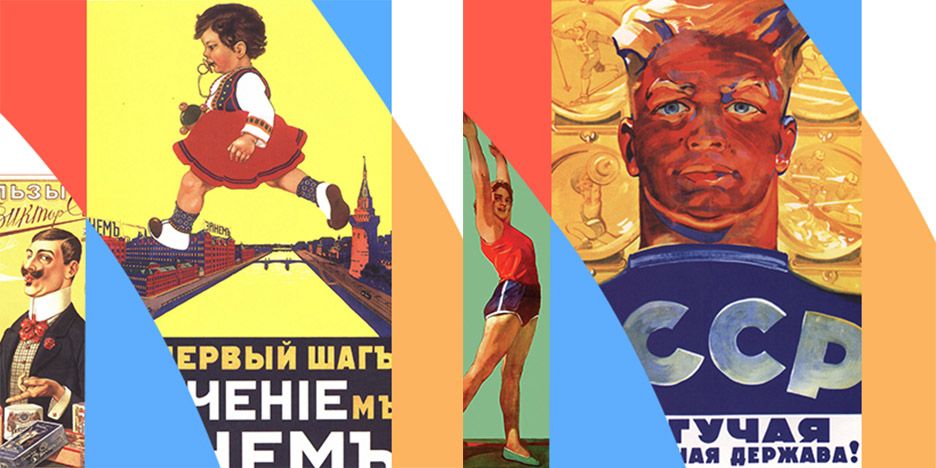We will explore why the Bolsheviks picked Soviet Union posters as a main propaganda tool.
Here are the other 2 parts of the series:
- Part I - Propaganda Posters of USSR - Why the Bolsheviks needed poster art?
- Part III - Soviet Era Posters - Soviet Poster Art in the 1930s and 1940s
Here are our most popular Soviet poster categories:
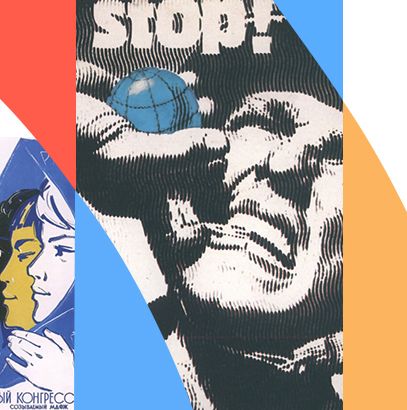 |
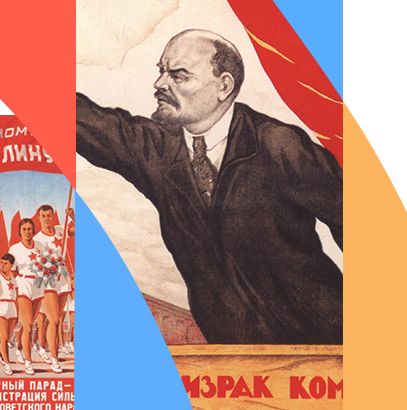 |
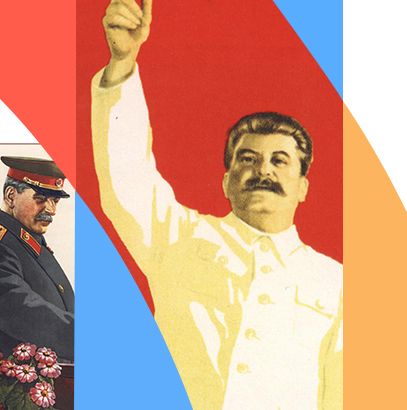 |
| Cold War posters | Communism propaganda posters | Stalin posters |
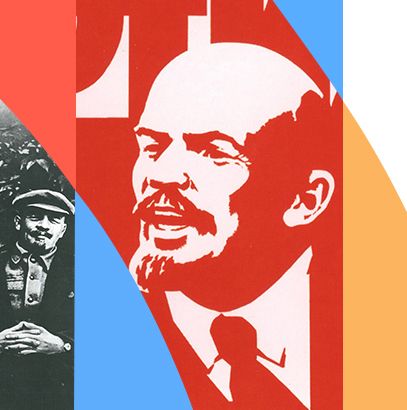 |
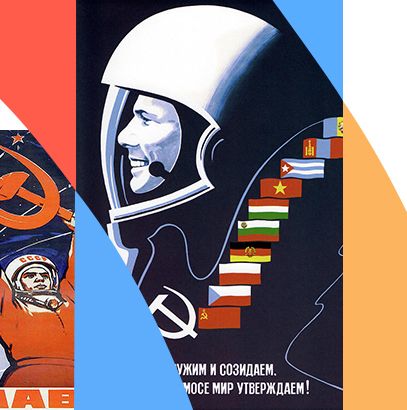 |
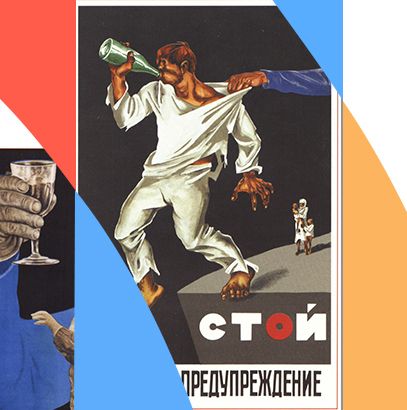 |
| Lenin posters | Soviet space propaganda posters | Soviet anti drinking posters |
Posters of Soviet Union - Best Tool For the Job
Around the time of the October Revolution most Russians were still illiterate. Particularly so in the countryside outside of the medium and large towns and cities. There isn't statistical data available for 1917 but in the beginning of the century, according to national cencsus, 83 percent of the rural population and 55 percent of the urban population was illiterate.
In response the Soviet government launched an extensive literacy campaign under the name Likbez or short for "liquidation of illiteracy". Although successful by 1926 half of the countryside and one fifth of the town and city dwellers still didn't have basic literacy skills. Furthermore being literate in many cases was applied quite liberally - a second or third grader today would have fallein in this category.
Soviet Union Poster Art Emerges as an Alternative to Written Text
Therefore at the time of the First Five Year Plan a very sizeable part of the population, particularly so the peasants, couldn't read basic texts, like newspapers or even pamphlets. Visual propaganda, which substantially eliminated the need of text, was a very attractive if not the only option to Soviet propagandists who wanted to reach the broadest strata of the population with their messaging. Posters were attention grabbing, easy to interpret and could be repetitive with new ones printed regularly.
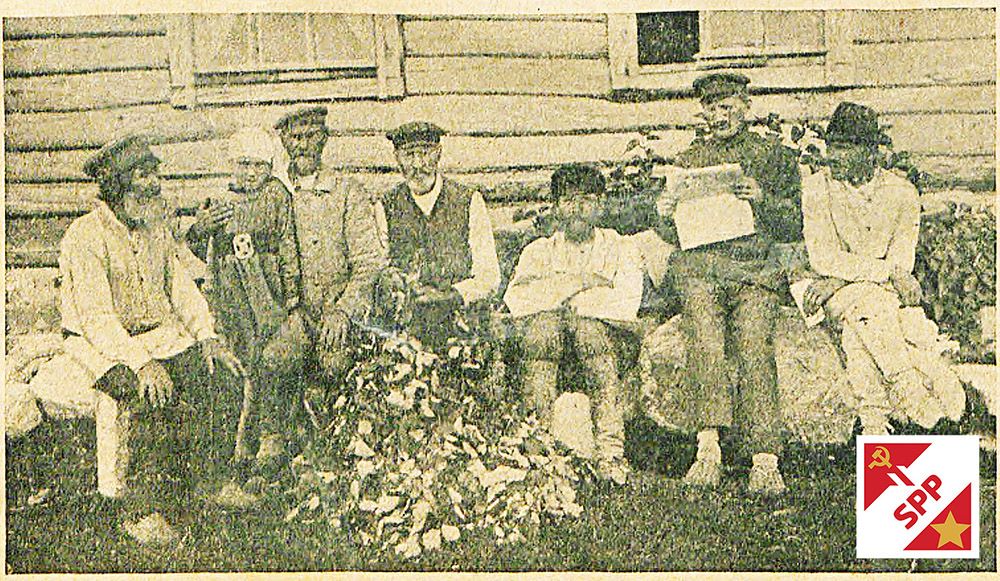 |
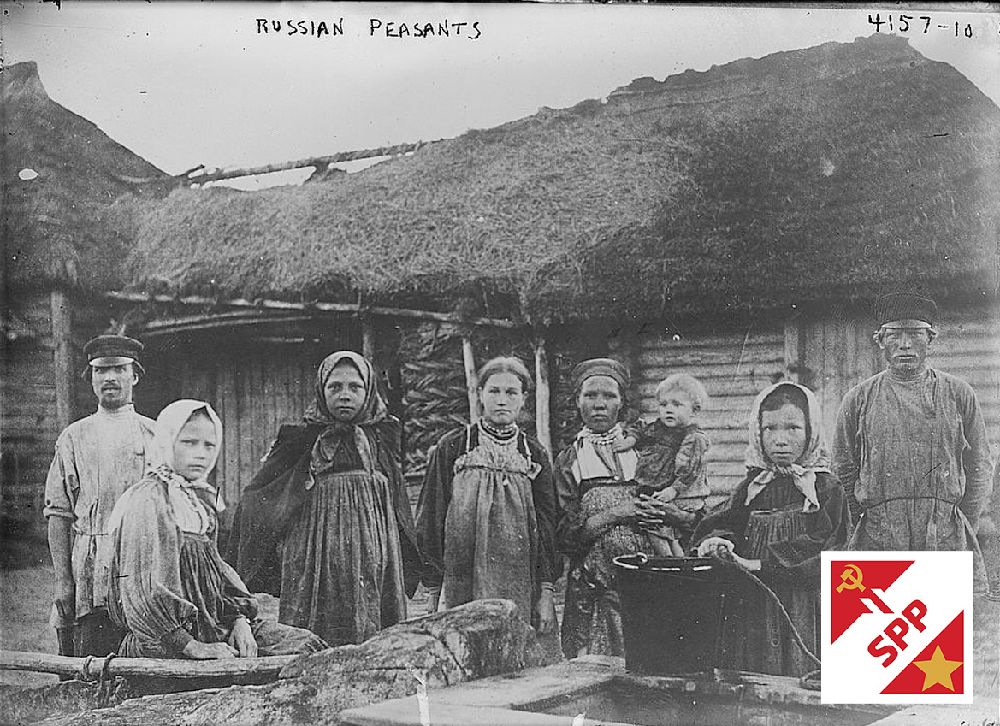 |
| Peasant from a village reading Pravda newspaper to his family and friends, 1920s | Russian peasants |
The Orthodox Icon - Unlikely Precursor of the Poster of the Soviet Union
In the Orthodox tradition and before that the archaic pageantry visual images had a central role. This provided for the highly visual traditional culture of the Russian Orthodox Church. The Orthodox icon has a very special place in this traditional culture.
Leonid Ouspensky in his study of icons notes that while Byzantium's theology was using mainly words, the Russian theology used imagery. For the Orthodox man "the holy image, just like the Holy Scriptures, transmits not human ideas and conceptions of truth, but truth itself - the Divine revelation". The imagery itself had magical powers for the Orthodox believer. For example, the power of saints was believed to be contained within icons. In time of need people would rely on icons for divine intervention and special blessings.
Icons were so widespread that nearly every peasant and many urban homes had at least one. Therefore Russians were accustomed to this type of imagery and also believed in its sacredness.
| Orthodox icons: Russian Orthodox visual tradition paved the way for the prevalence of Soviet Union poster art |
Propaganda Posters Are the Solution for the Bolsheviks
Therefore the Bolsheviks realised the value of imagery in communicating their messaging to the ordinary folk. Lenin's wife Nadezhda Krupskaya was in agreement with her fellow Commnist party members when in 1923 she said: "Only by visual imagery example can a villager be able to learn how to improve his productivity, at least in the coming years. Peasants, like most workers, think in images rather than abstractions and the written word. Even when we reach high levels of literacy the visual imagery will still be of great importance."
The Economy and Its Role in the Rise of Poster Art
During those times following the Bolshevik Revolution and the Civil War (1918-1921) the economy was in tatters. There wasn't enough supply of paper, printing factories were being closed, often there were breakdowns etc. Therefore heavy reliance on printed mass media was impossible. The Party turned to visual propaganda and political posters. You could reach more people by hanging posters at the village square or train station instead of realying on a scarce circulation of a few newspapers to hundreds of people.
The Party Newspaper Pravda - Circulation in Numbers
The main party organ of the Communist party was Pravda. It had a circilation of about 138'000 copies for the whole country of 140 million people Even if you assume that one person read to others that was very unsufficient. One poster on the other hand could reach hundreds of people depending on placement (at the collective farm, factory, town or village square, train station etc.).
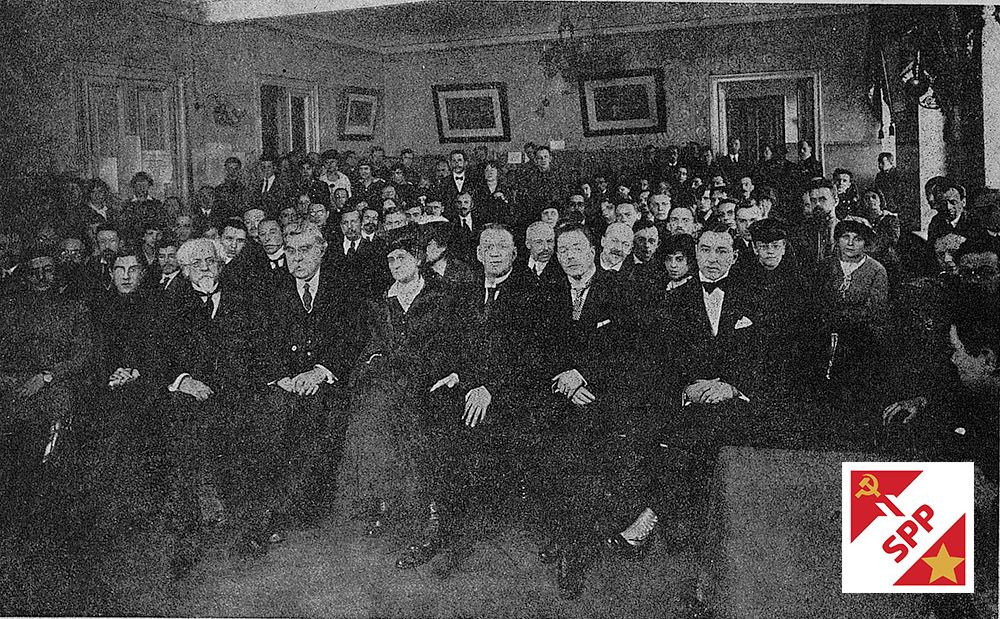 |
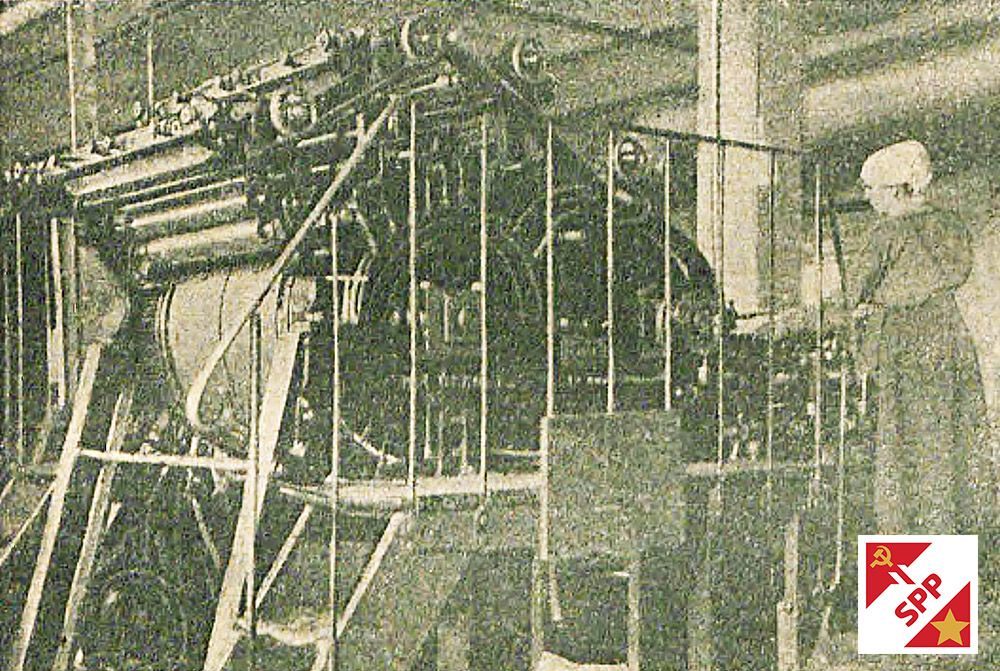 |
| Lecture at the Petrograd school of journalism, 1918, source Ogonek magazine | Printing press in USSR, 1923, Ogonek magazine |
Printing Presses In Overdrive
There fore propaganda posters placed in public spaces returned much better value on investment than newspapers and other means. They used less paper and ink to reach wider audiences. It's not entirely clear why (beyond the reasons we've already listed) but the Bolsheviks put extreme importance in propaganda with visual imagery during the Civil War (1918-1921).
Posters of the Soviet Union - Production in Numbers
As the Civil War was beginning in August of 1918 the first political posters started appearing. More than 450 different institutions and organisations would produce over 3100 posters in the next three years. Enormous volumes of posters went into circulation.
- Litizdat (the state publishing house), a major producer working under the Political Directorate of the Revolutionary Military Council of the Russian Union of Federated Socialist Republics (RSFSR) issued a total of 7.5 million posters but also postcards and lubok pictures in the next three years
- Gosizdat (another state publisher) was found in 1919 and printed 3.2 million copies of 75 posters of the Soviet Union.
- The Rosta (Russian Telegraph Agency) print shops in Petrograd, Moscow and other cities printed out a novel form of poster combining newspaper, magazine and info bulletin. Rosta alone delivered over two million posters during the Civil War
Propaganda posters were everywhere. They had different colours, designs and creative imagery - posters enlivened an otherwise grey society. As American journalist Albert Rhys Williams noted in 1923, a visitor to Russia is struck by the variety of posters on public squares, factories and military barracks, on walls everywhere, train carriages and telegraph and electricity poles. They are everywhere!
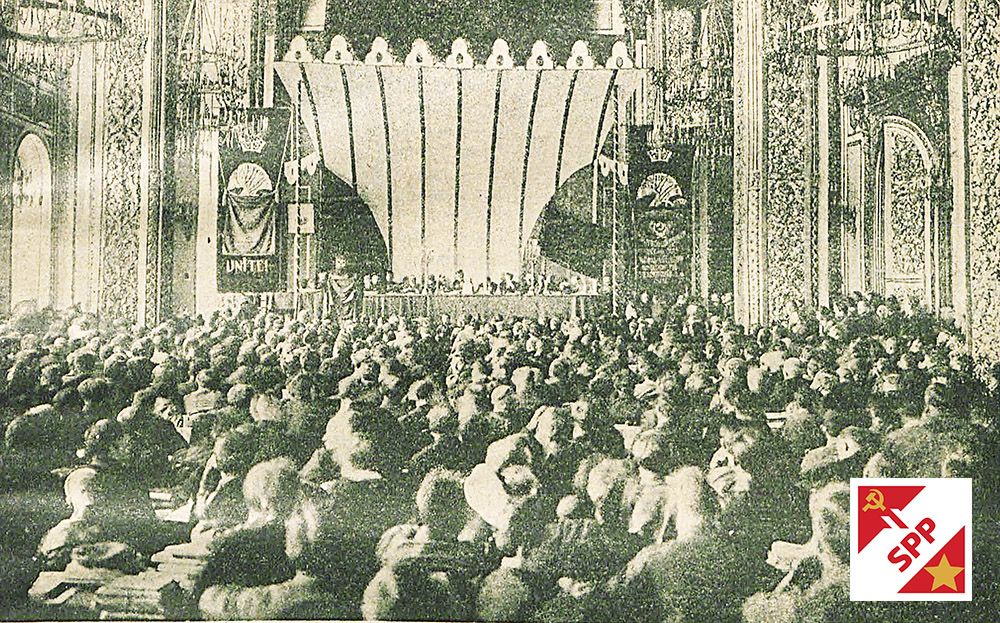 |
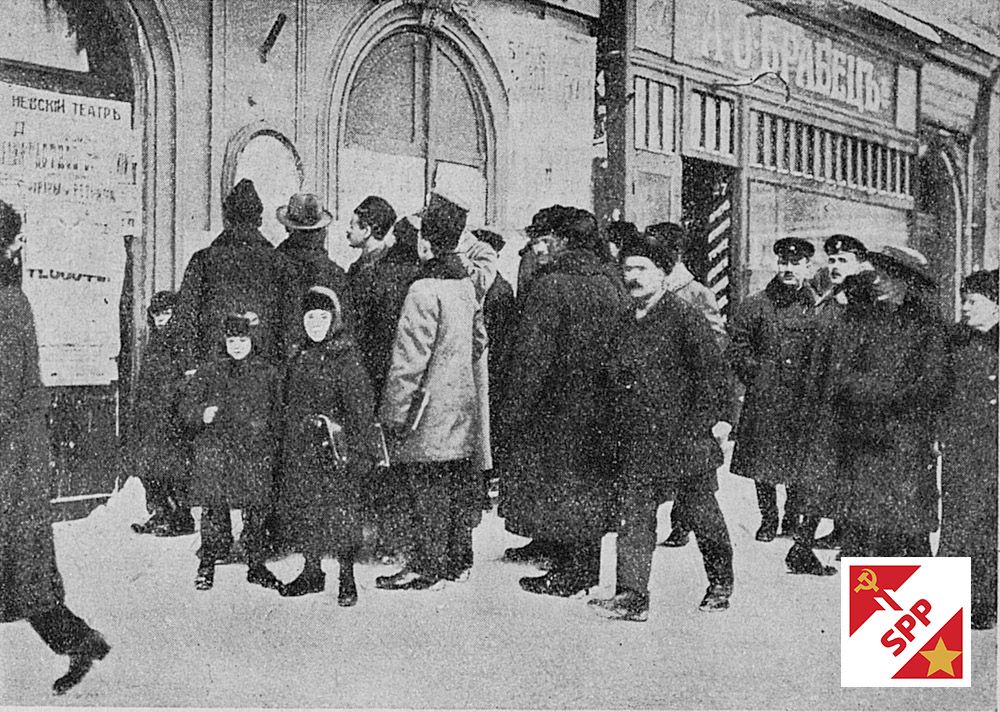 |
| The 12th Congress of the Russian Communist Party (Bolsheviks) was held during 17–25 April 1923 in Moscow. The congress elected the 12th Central Committee. It was attended by 825 delgates, representing 386000 party members | Citizens of Petrograd read the latest decree posters, 1918, source Ogonek magazine |
Never had before the poster art form been used in such vast volumes. The party and its apparatchiks at all levels were committed to reeducating, inspiring and ultimately shaping the perception of the world and history of the Russian proletariat. As by far more people lived in villages and were uneducated and illiterate visual messaging was key for the ability of the Bolsheviks to reach out to them with a strong message. As the Civil War was raging they badly needed to have the people on their side. The poster of the Soviet Union was a key tool in their epic fight to the death with the Whites. It will remain important in the later years as they were implementing their rule and plans for the USSR and its people.
This text is largely based on Iconography of Power: Soviet Political Posters under Lenin and Stalin (Volume 27) First Edition by Victoria E. Bonnell. You can find it on Amazon from this link.
END







